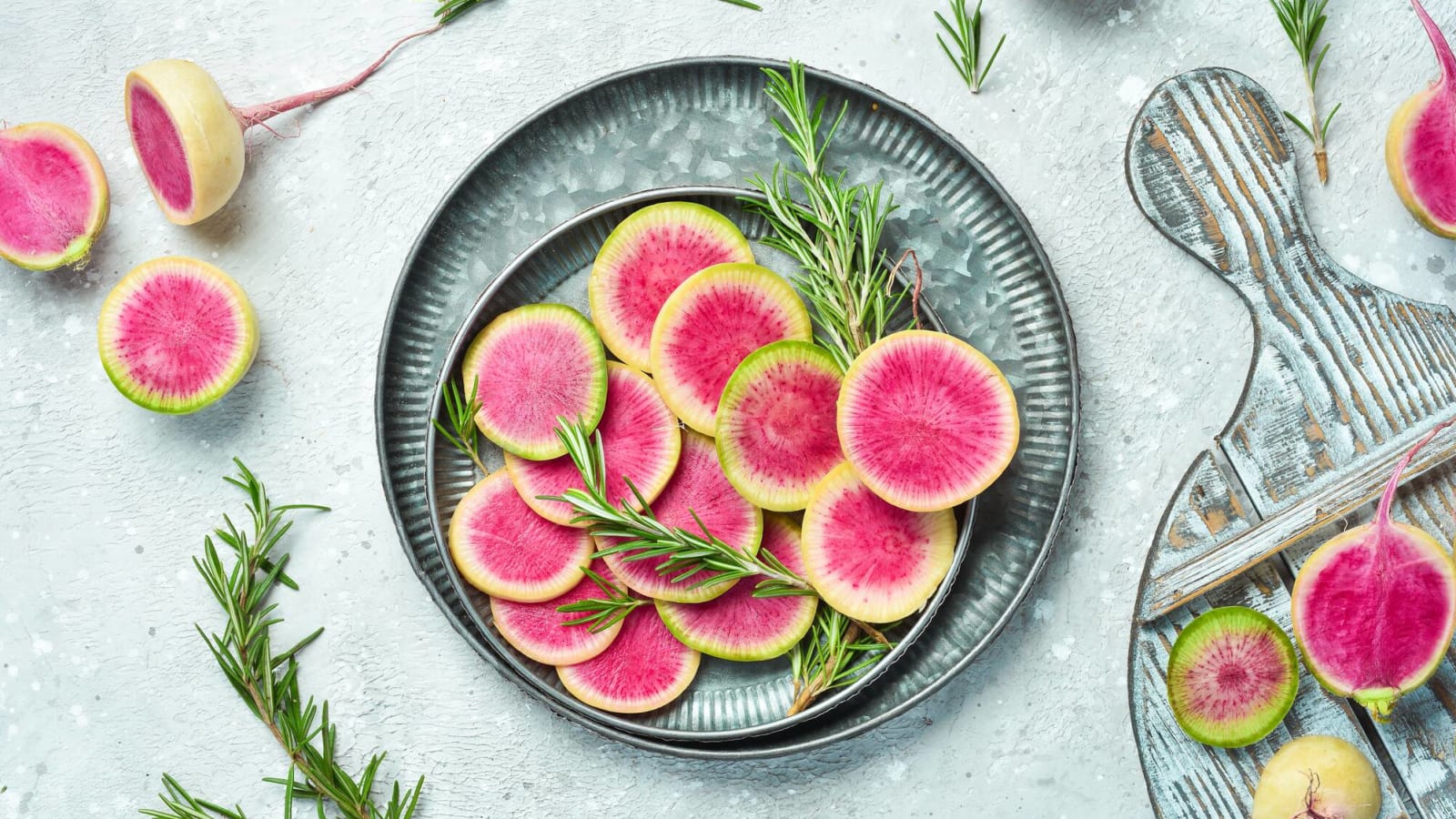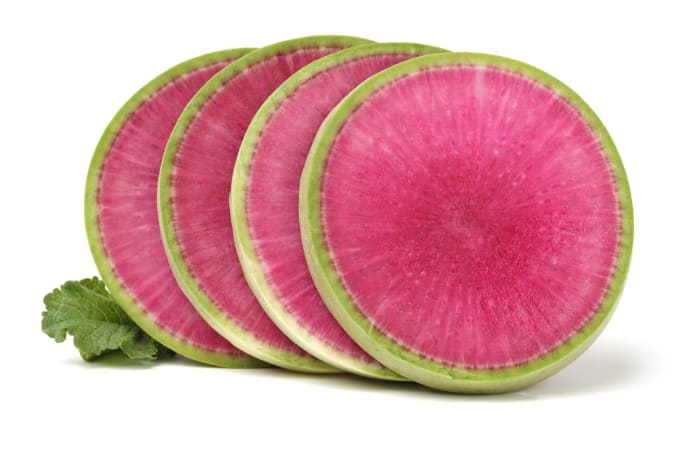x

YARUNIV Studio/Shutterstock
20 unique vegetables that will add major flavor to your dishes
If you're stuck in a rut with your go-to vegetables, try these unique options to shake things up.
More must-reads:
- Golden Knights reportedly acquire, extend Mitch Marner
- Winners and losers from opening day of NBA free agency
- The 'First-overall NHL Draft picks' quiz
Breaking News
Trending News
Customize Your Newsletter
 +
+
Get the latest news and rumors, customized to your favorite sports and teams. Emailed daily. Always free!




























